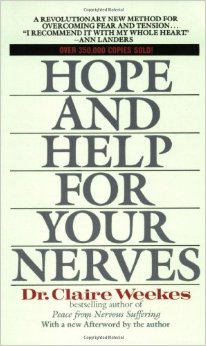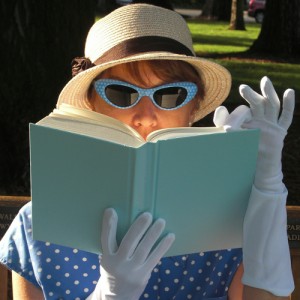 The Productivity Project: Accomplishing More by Managing Your Time, Attention, and Energy by Chris Bailey
The Productivity Project: Accomplishing More by Managing Your Time, Attention, and Energy by Chris Bailey
My rating: 5 of 5 stars
A guy takes a year off from work to experiment with ways to be more productive, but experimenting to the extreme. Like meditating for 35 hours a week. Or taking in no nourishment (because it’s too time-consuming!) other than a powdered drink called Soylent, which sounds like something made from humans, but isn’t. And isolating himself in a basement for 10 days. Is this guy a monk yearning for a cave? No. He’s Chris Bailey, and he’s come up with a whole new way of looking at time management, procrastination, and being more productive which, to my mind, is refreshing.
For starters: evidently, it’s human nature to procrastinate. Chris looks at this bad habit as, basically, putting something off for your future self to deal with. Personally, I never thought of it that way. And he offers suggestions for connecting to that future self. Like a nifty website called FutureMe.org, where you can send yourself an email that arrives days, weeks, months, or years from today. How cool is that!?
Time management gets a new spin with Chris, too. He talks about scheduling three things a day, releasing the unimportant, plowing through chores on a “Maintenance Day,” rather than getting sidetracked with them throughout the week, and working on projects in less time to force yourself to focus.
To be productive, we need to manage more than our time. We need to harness our energy, too. We need to track our most energetic times of the day and schedule important tasks during those times, and unimportant tasks when we’re brain-dead (like at 3:00 in the afternoon). We need to eat, exercise, and sleep well, and Chris covers tips on how to do all three (which doesn’t involve Soylent).
The third ingredient of productivity, along with managing time and energy, is managing attention. Here, Chris brings up the benefits of a meditation practice, and reassures the reader that meditation doesn’t require sitting in a lotus position for hours. He talks about working slowly and mindfully to work more deliberately, and introduces the twenty-second rule for avoiding distractions. He busts the myth that multi-tasking makes us more efficient, and hails the art of doing one thing at a time.
This is the best book on productivity I’ve read, and I’ve read many. Not only does the author shine new light on the subject, but through his year-long experiment and the knowledge gained through interviewing productivity experts, he’s put together a program that’s imminently doable. As a bonus? He starts each chapter with an estimated reading time, down to the second. And it was spot-on, for me.


